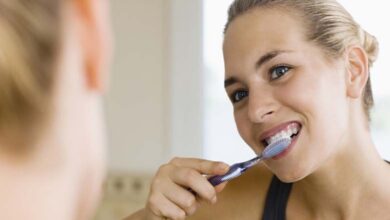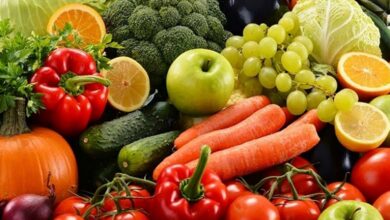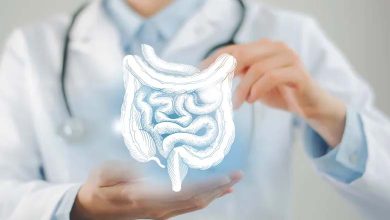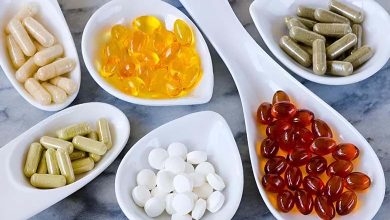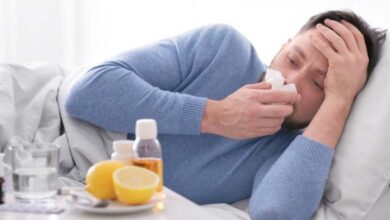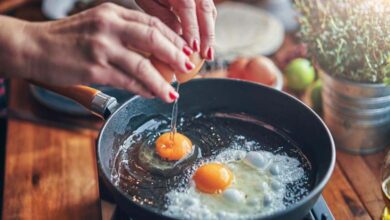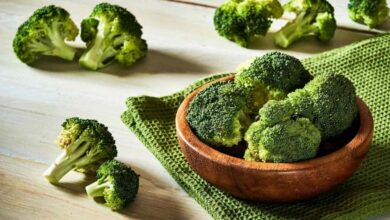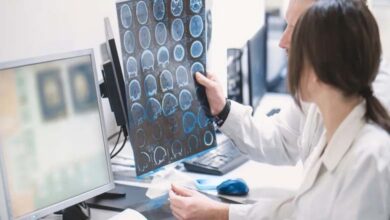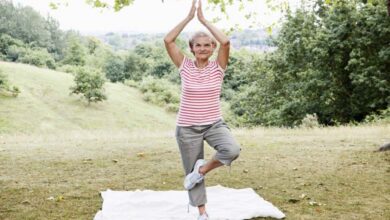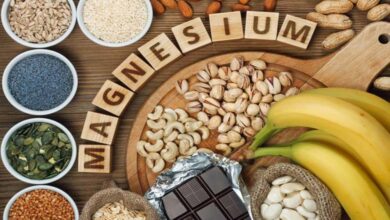Physical exercise: the forgotten medicine for osteoporosis
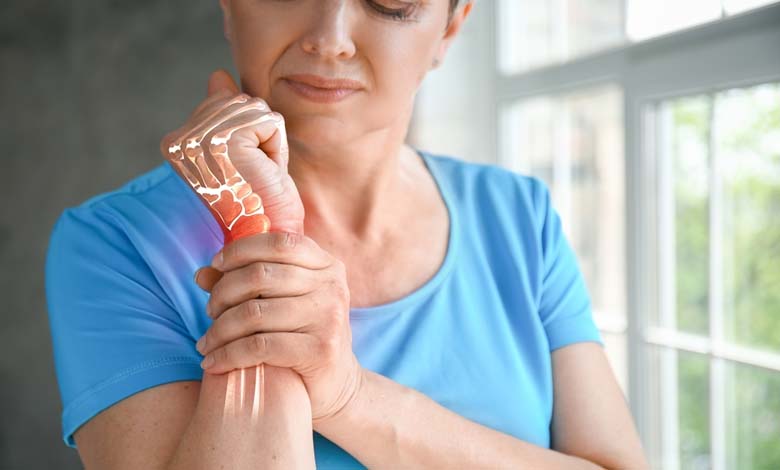
Osteoporosis, rightly described as the “silent disease,” is a major public health challenge worldwide. According to the World Health Organization, around 200 million people suffer from this condition, characterized by progressive bone loss and increased fragility, raising the risk of fractures even from minor trauma. Despite its significant impact on quality of life, osteoporosis remains underdiagnosed and undertreated.
Traditionally, osteoporosis prevention and management have focused on calcium and vitamin D supplementation, alongside medications designed to slow bone resorption. While these pharmacological approaches are essential, they are not sufficient on their own. Scientific research consistently demonstrates that regular physical exercise is a truly “forgotten medicine” for osteoporosis, capable of strengthening bone structure and significantly reducing fracture risk.
-
Physical Exercise: An Effective Means to Improve Sleep in Older Adults
-
Exercise and Physical Activity: Benefits and Recommendations for a Healthy Lifestyle
Biological mechanisms of bone strengthening
The beneficial effects of exercise on bone are based on several physiological mechanisms. Weight-bearing and impact activities, such as brisk walking, light running, dancing, or jumping, generate mechanical stress that stimulates osteoblasts, the cells responsible for bone formation. This process enhances mineral deposition, increases bone density, and improves skeletal microarchitecture.
Physical activity also boosts the secretion of anabolic hormones, including growth hormone and testosterone, which are essential for bone regeneration. In postmenopausal women, regular exercise can partially offset estrogen deficiency, slowing accelerated bone loss after menopause.
-
The Protective Role of Exercise: How Regular Jogging Significantly Reduces the Risk of Colorectal Cancer
-
What Is the Ideal Heart Rate During Exercise?
Recommended types of exercise
To prevent osteoporosis or slow its progression, a combination of different exercise types is recommended:
- Weight-bearing exercises: These involve supporting the body’s weight or performing light jumps. Examples include brisk walking, jogging, dancing, climbing stairs, or even active gardening.
Strength training: Using free weights, dumbbells, resistance bands, or machines strengthens muscles that surround and protect bones, reducing fall
- and fracture risk. Targeting the trunk, hips, and legs is particularly effective.
- Balance and coordination exercises: Yoga, tai chi, and functional exercises improve posture, stability, and proprioception, which are essential for fall prevention in older adults.
- Endurance exercises: Swimming and cycling, while non-weight-bearing, contribute to cardiovascular health, overall endurance, and maintaining a healthy weight, which indirectly benefits bone health.
-
Can You Exercise After a Heart Attack?
-
Health Warning – Physical Inactivity, a Danger as Serious as Smoking
Consistency and personalization
Consistency is key to achieving lasting results. Experts recommend at least 150 minutes of moderate physical activity per week, complemented by two to three strength training sessions. Programs should be adapted to age, fitness level, existing health conditions, and individual fall risk. Personalized approaches ensure safety, effectiveness, and motivation for participants to maintain their routines.
Benefits beyond bones
Exercise strengthens more than the skeleton. It improves hormonal balance, blood circulation, sleep quality, and cognitive function. It reduces stress and supports mental health, all factors that indirectly influence bone density and the body’s ability to recover from injury.
-
How to Avoid Physical Stress during Fasting? Effective Tips for Healthy Fasting
-
Exercise Intensity Reduces the Risk of Early Death
Exercise as a public health strategy
Recognizing physical activity as a form of medicine represents a paradigm shift in osteoporosis prevention and management. Health systems could significantly reduce costs associated with fractures and dependency among older adults by integrating tailored exercise programs into public health policy.
In conclusion, osteoporosis is not an inevitable consequence of aging. By combining proper nutrition, medication when needed, and, most importantly, regular exercise, it is possible to prevent bone fragility and preserve the autonomy of older adults. The real challenge now is to convince populations that regular movement is not only a healthy lifestyle habit but a natural, effective, and accessible medicine for all.


